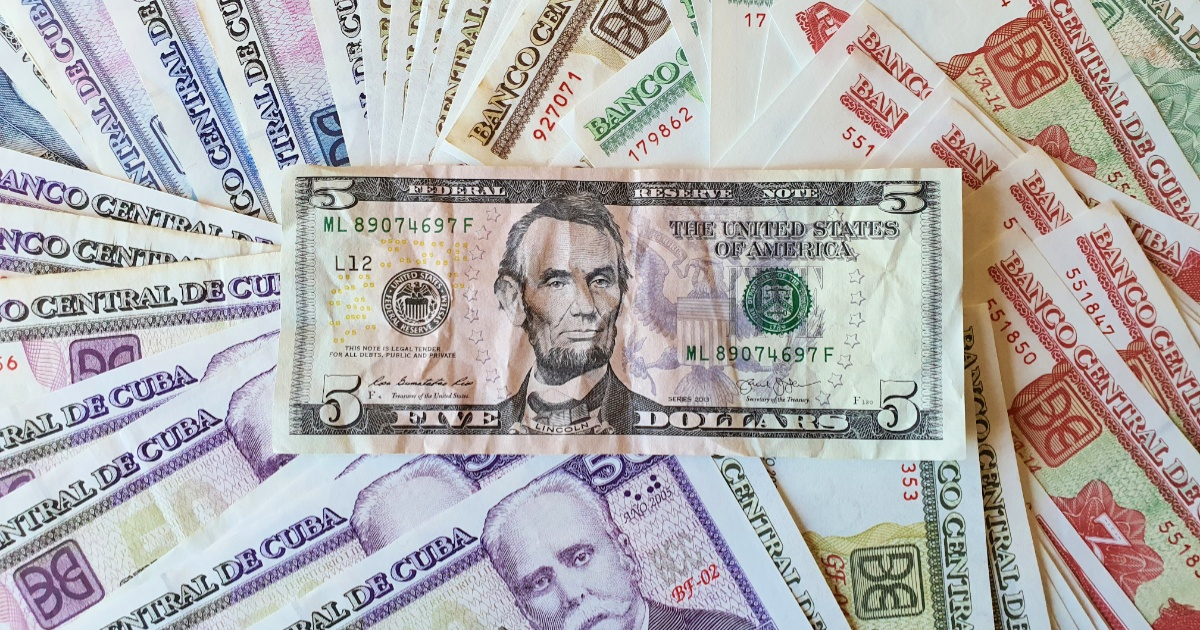
This Monday the dollar set a new absolute sales record in the informal market since the independent media elToque documents the price of currencies in Cuba.
The average sale of the US currency rose to 274 CUP pesos in the last few hours, three pesos more in relation to the previous day andone peso more than the 273 CUP that it had reached on December 19, shortly before the three reference currencies began a decline from which they have recovered in a few days.
The euro also rises, which on January 15 is sold on average at 280 CUP, two pesos more than the previous day.The figure equals the maximum price that the European currency had reached until now in informal sales in Cuba.
AloneThe freely convertible currency (MLC) remains this Monday at the same price as the previous day, 250 CUP, which also coincides with its record figure before the decline at the end of December.
The median of purchase and sale values registered in the last 24 hours marks purchase and sale offers for the euro at 280 pesos.
In the case of the dollar, the median is 272 CUP when buying and 275 when selling,which could anticipate that it will continue to rise.
The MLC, for its part, registers acquisition offers at 248 CUP and 250 pesos for sale.
Will the dollar, euro and MLC return to their previous values? It was the question that many were asking after the promised Crusade of the Cuban government against the informal sale and purchase of the three currencies.
The answer is now a confirmed yes: euro, dollar and MLC have overcome the temporary drop in their values in the informal market.
The fall experienced by the three reference currencies began on December 22, just two days after the Cuban Prime Minister,Manuel Marrero Cruz, would announce thatStarting this January the official dollar rate in Cuba would be changed, although it did not specify what the new value would be nor the exact date on which it will come into force.
Days later, he was the Minister of Economy in Cuba,Alejandro Gil, who assured thatThey will intervene in the informal currency market, which they described as "distortion."
For several months the Cuban regime has been trying to blameelToque of promoting a high exchange rate that - in the government's opinion - harms the Cuban economy and triggers inflation on the island.
The reference rate ofelToque It is prepared after analyzing the purchase and sale advertisements published on social networks and classified websites. From this result, a price is established that is used to know the values of the main currencies that circulate in the country.
What do you think?
COMMENTFiled in: